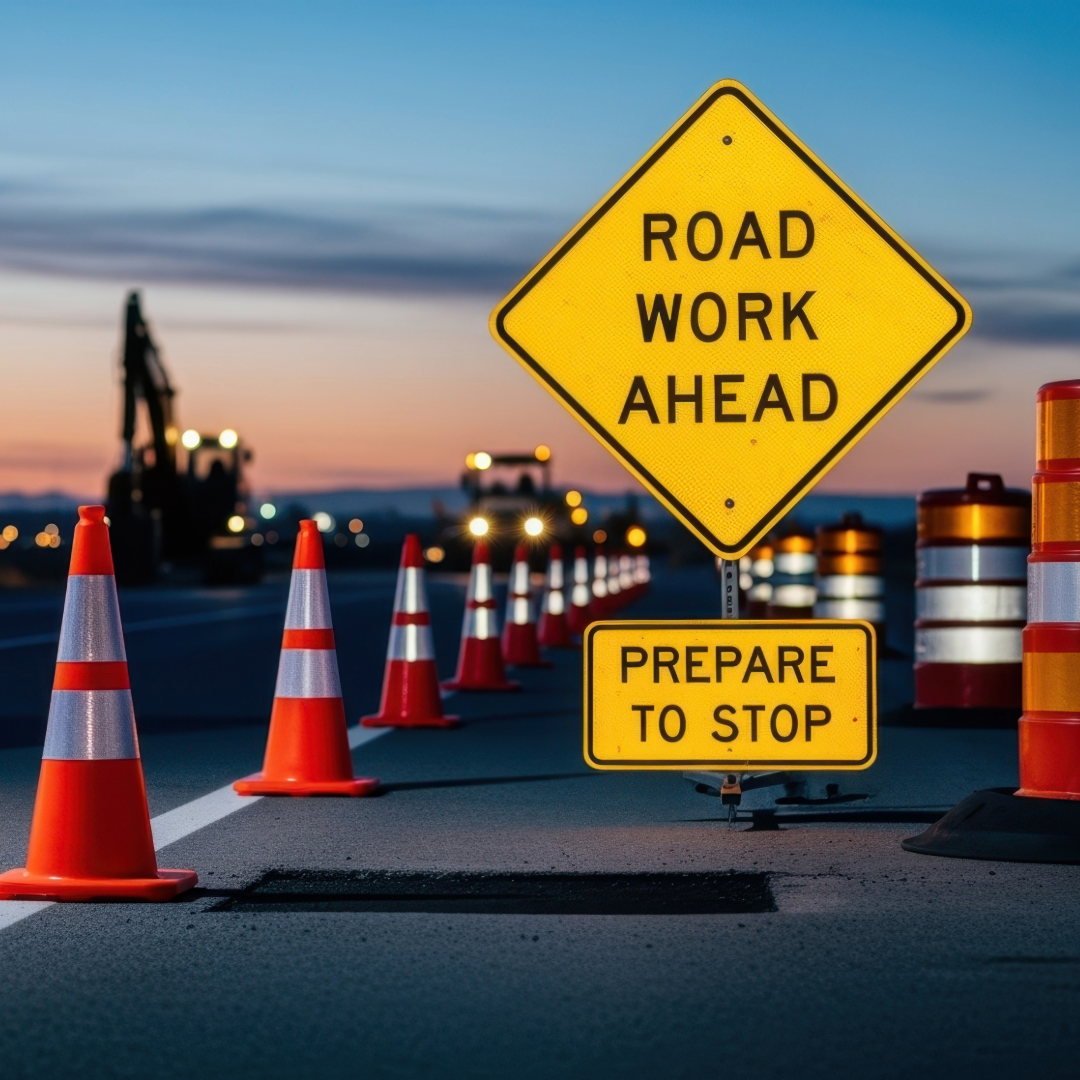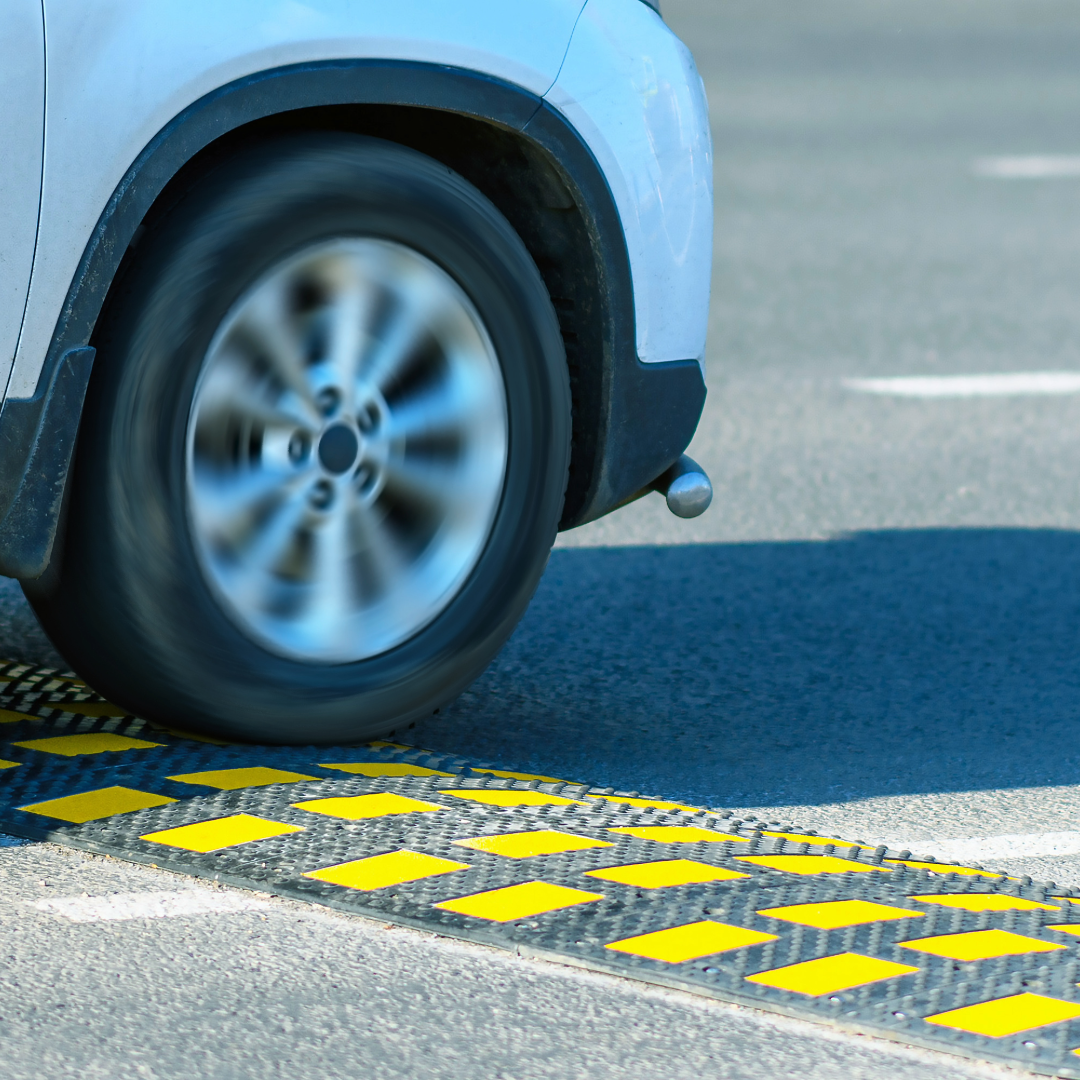Traffic control devices are a big part of keeping roads safe and orderly. Whether it’s guiding vehicles through intersections or helping pedestrians cross busy streets, working signals and signs help people make quick, clear decisions. When they go down or stop working right, everything from traffic flow to emergency responses can take a hit. That’s why noticing problems early and handling them the right way actually saves time, money, and headaches for everyone on the road.
Common issues can range from flashing lights that don’t stop, to signals that skip cycles, to stop signs that have been knocked over. Sometimes it’s a small fix, like tightening a loose connection. Other times, it’s something bigger, like internal controller failure or storm damage. Whatever the situation, understanding how to spot these problems and what to do next is the first step toward safer streets and fewer service calls.
Identifying Common Issues With Traffic Control Equipment
There are different types of devices used to keep traffic organized. The most familiar ones are traffic signals, pedestrian crossing lights, electronic message boards, speed radar signs, and basic but important signage like stop and yield signs. Each kind plays its own role, and each one can develop its own kind of problem.
Here’s a breakdown of common issues:
– Traffic lights that stop working, blink constantly, or skip phases
– Pedestrian signal buttons that don’t respond
– Damaged or missing signs caused by wind or accidents
– Electrical outages that cause full systems to shut down
– Faulty sensors that fail to detect cars or crosswalk users
– Software glitches in digital traffic controllers
A lot of these problems don’t show up overnight. They often start as small hiccups that get worse if ignored. Rain, snow, salt, wind, and sun exposure all take a toll after a while. Heavy weather can knock down signs or short out electrical panels. Even something as minor as a pole slowly leaning out of alignment can throw off signal visibility. Wildlife sometimes nests in control boxes, and wires can get chewed or shifted. And of course, vehicles bumping into equipment is always a risk, especially in low-visibility conditions.
Keeping an eye on signs that start to fade or signal lights that act odd during rush hour can help you handle problems early. As soon as equipment stops doing what it’s supposed to, it’s time to take a closer look.
Preliminary Checks And Basic Repairs
When traffic signals or signage start acting up, getting a quick sense of the issue helps figure out what kind of repair is needed. While some fixes are better left to experts, there are a few basic steps to assess what might be going wrong.
Start with a clear visual inspection. This means checking if the device is damaged, covered in debris, leaning, or blocked by overgrown vegetation. Sometimes the issue is obvious, like a broken pole or cracked lens. Other times, the device looks fine but isn’t responding.
Here’s a quick list of things to check during an initial inspection:
- Confirm if there’s power. Look for tripped circuits, blown fuses, or disconnected wires.
- Check for physical damage from weather, accidents, or tampering.
- Make sure lights or displays are fully visible and not blocked by trees or bent positioning.
- Look inside housings, if accessible, to see if any parts are visibly burned, loose, or missing.
- Test any nearby pushbuttons or sensors to see if they’re registering correctly.
Occasionally, a simple reset of the signal controller can fix stuck lights or restore a lost connection. Other times, replacing burned-out bulbs, swapped-out signal heads, or tightening a base mount may help temporary issues. But it’s not always obvious what’s causing the trouble, especially with newer, programmable systems. And while it might seem quicker to do a quick patch, that approach can end up causing outages again soon if the root issue isn’t handled.
For example, a crosswalk signal might stop activating when a pedestrian presses the button. After checking, you notice the line running from the button to the controller is frayed. Replacing the line might get the signal working again, but without checking the rest of the system, similar parts could fail next.
These basic steps are just the beginning, and they might uncover the need for deeper troubleshooting. If things start pointing to buried electrical faults, programming errors, or repeat malfunctions, it’s probably time to call someone who knows exactly what they’re doing. Problems that go beyond surface-level wear usually need tools and training that aren’t part of a basic toolkit.
When To Call In The Professionals
There comes a point when checking power, swapping bulbs, or tightening hardware just isn’t enough. While it might seem easy to poke around and try a few fixes, anything beyond basic inspection should be handled carefully. Electrical systems in traffic devices can be more complicated than they look. A mistake during a repair could create safety issues or even damage other parts of the system.
If you’re dealing with flickering signals, repeat outages, or anything that involves underground wiring, that’s the time to stop and bring in the pros. Here are a few warning signs that mean you shouldn’t try to handle things without help:
– Equipment goes through power cycles or resets on its own
– The device is working on one side but is completely out on another
– You find exposed wires, sparks, or water damage near electrical components
– The system uses programmable software and isn’t responding to normal reset attempts
– Signal timing is off or doesn’t match expected patterns even after a restart
Attempting to repair these problems without access to the right tools or system knowledge often does more harm than good. If a pedestrian pushes the crosswalk button and nothing happens multiple times, the fault could be anywhere from the contact pad to the control cabinet. Without a solid understanding of the inner electronics and wiring paths, chasing one symptom can involve a lot of guesswork.
In one case, a flashing yellow arrow kept appearing during a green light cycle, confusing drivers at a turn lane. Someone had tried to patch a wire run that had been nicked during utility work, but instead made the loop detector signal cross into the wrong traffic phase. The fix looked simple on the outside but caused timing errors across the whole intersection.
These situations are a reminder that professional repair doesn’t just address the problem you can see. Experts can look deeper into the system, test all key parts, and confirm that the fix doesn’t create new issues down the line. Safety is too important to chance when signals or devices control right-of-way, especially where cars, bikes, and people all share space.
Preventative Measures For Long-Term Performance
Fixing breakdowns is part of the picture — but stopping them before they start goes even further. Routine inspection and scheduled upkeep help keep traffic control equipment doing what it’s supposed to do without sudden surprises. When you catch things early, you avoid most downtime and keep devices working better for longer.
Here are a few ways to avoid common failures:
- Perform visual inspections every month for damage, rust, corrosion, or shifting
- Trim trees and vegetation regularly so signs and signals remain easy to see
- After any major storm, check for loose hardware, tilted poles, or shorted boxes
- Update control software on a scheduled basis to prevent bugs and communication problems
- Use durable, weather-resistant housings, mounts, and fasteners designed for outdoor use
In high-traffic areas, components wear down faster. Buttons get jammed, lenses fade, and metal fixtures can start rusting from road salt. Making small replacements before total breakdown leads to stronger overall system health. Track dates of last updates, and don’t let minor issues linger beyond the seasonal shift. Early winter wear can snowball into full device failure come spring.
The earlier damaged or worn parts get taken care of, the less likely you’ll have to deal with larger shutdowns. One misaligned signal head might seem like a small issue, but it can direct traffic the wrong way if not addressed. Prevention works best when it’s consistent, so creating a plan to check equipment on a rotating schedule can help avoid last-minute emergencies.
Keep Your Traffic Control Equipment in Top Shape
Traffic control equipment doesn’t need to be high-maintenance, but it does need attention. Letting signals go unchecked or signs gather rust until they stop working may cost more than a fix. It can affect traffic flow, safety, and public trust. The little things, like worn signal heads or a flickering lamp, matter when drivers rely on those signs to get where they’re going safely.
Handling the small stuff right away and calling in help for the bigger issues helps keep everything moving in the right direction. Well-kept devices make every part of the road feel easier to use, whether you’re behind the wheel, on a bike, or crossing the street on foot.
When it comes to traffic control, being reactive isn’t enough. A regular maintenance approach, the right replacement parts, and staying aware of early warning signs all help prevent the problems nobody wants to deal with. Taking time to care for what’s already installed means fewer disruptions later and safer roads all around.
Ensure your roads remain safe and efficient with reliable traffic control equipment that stands up to every challenge. Hyperformance Traffic Safety Supplies offers dependable products perfect for maintaining smooth traffic flow across any setting. Trust our expert solutions to support your infrastructure and keep your roadways running smoothly. Explore our range to find the tools that meet your specific needs.




